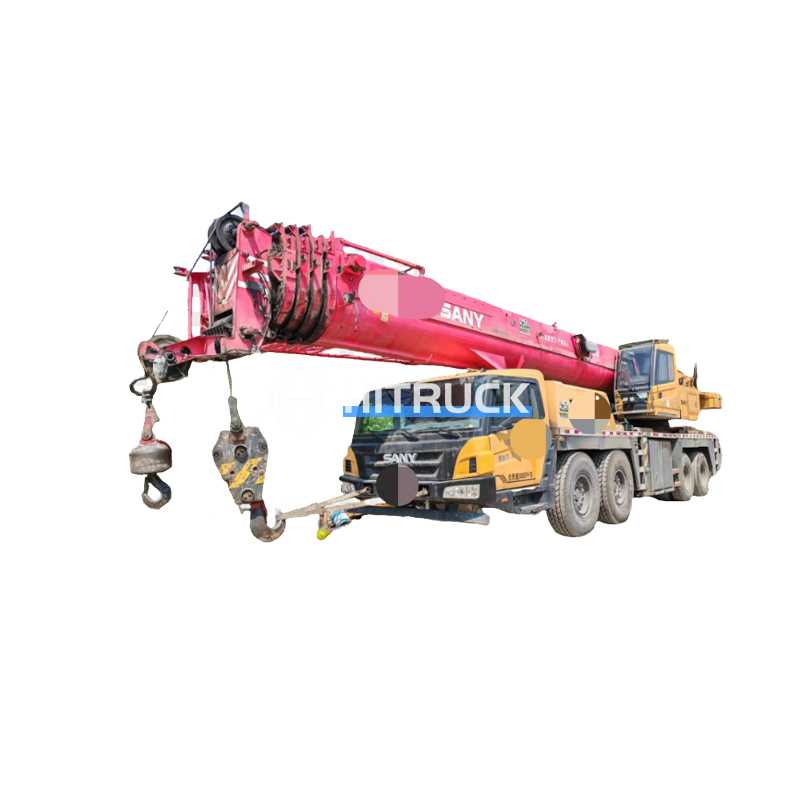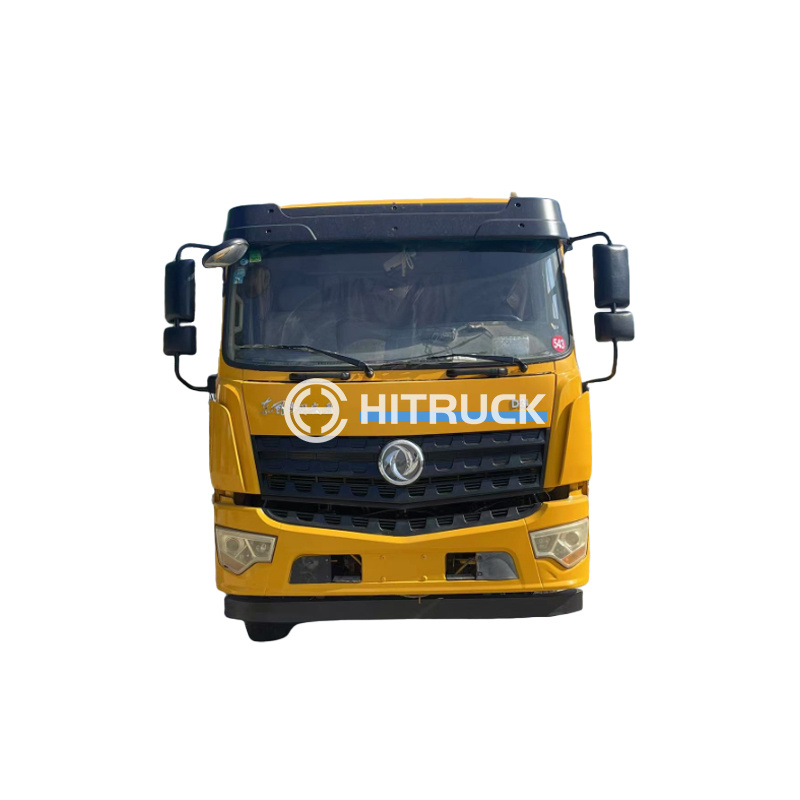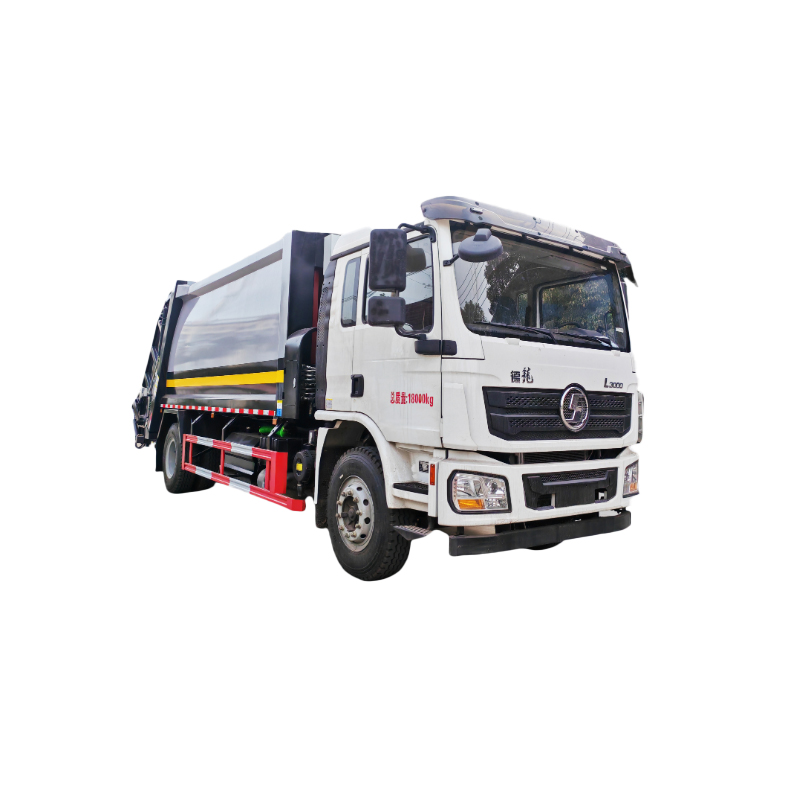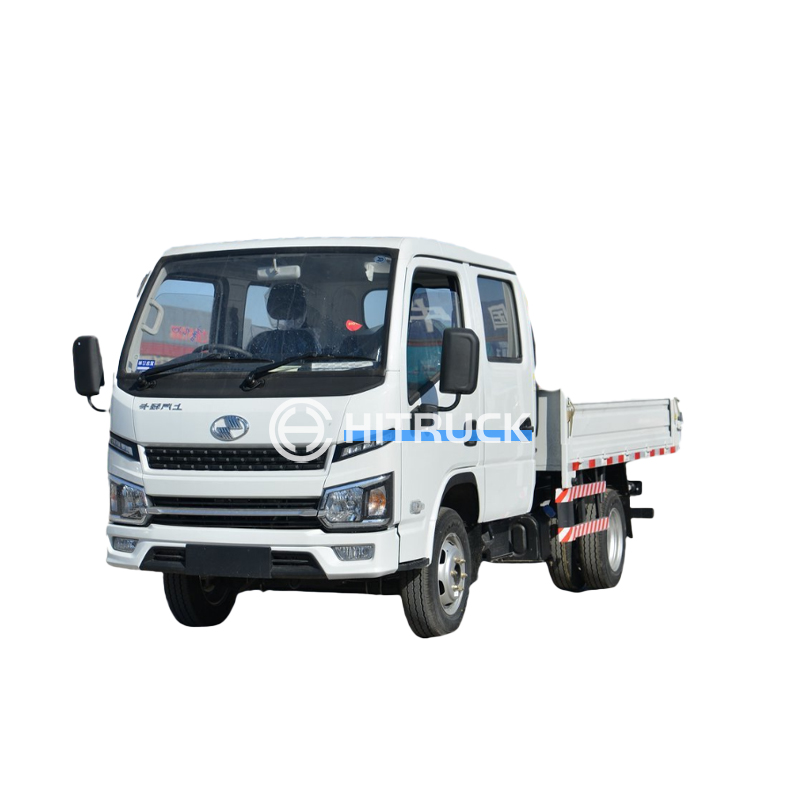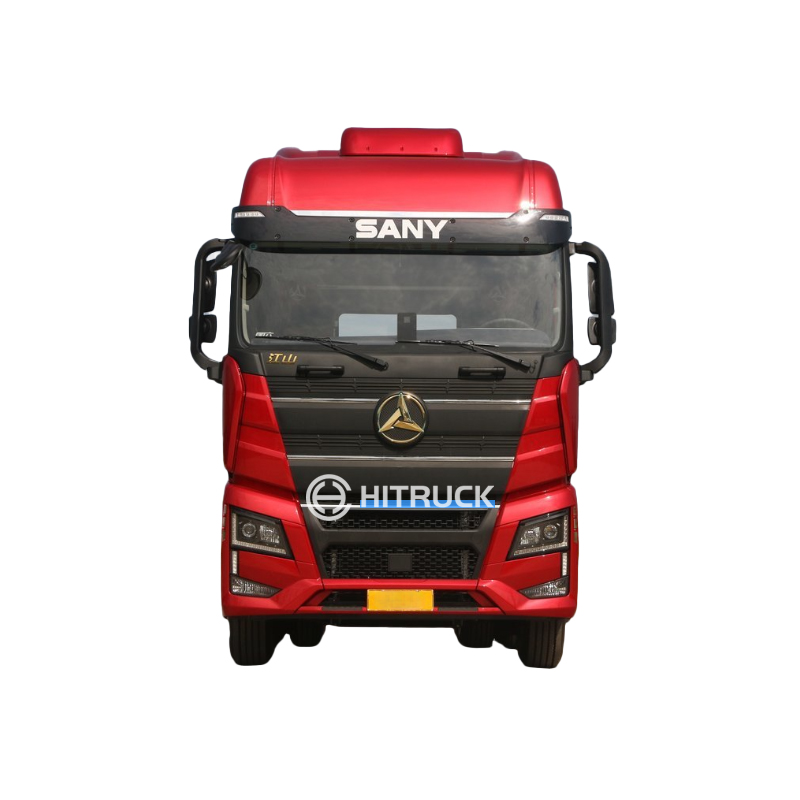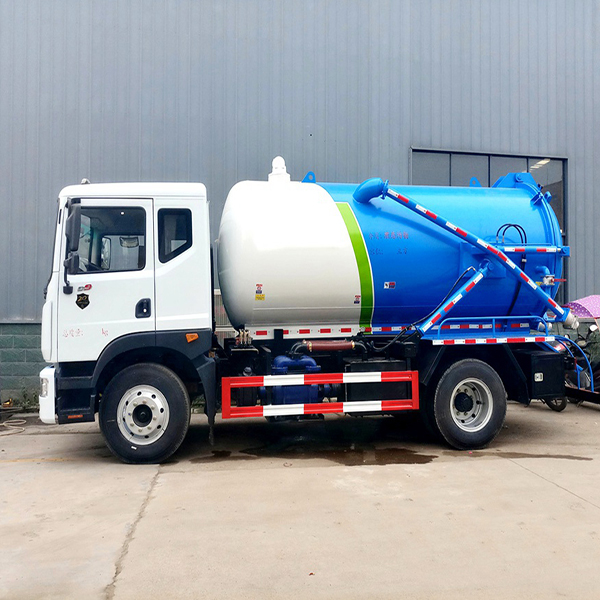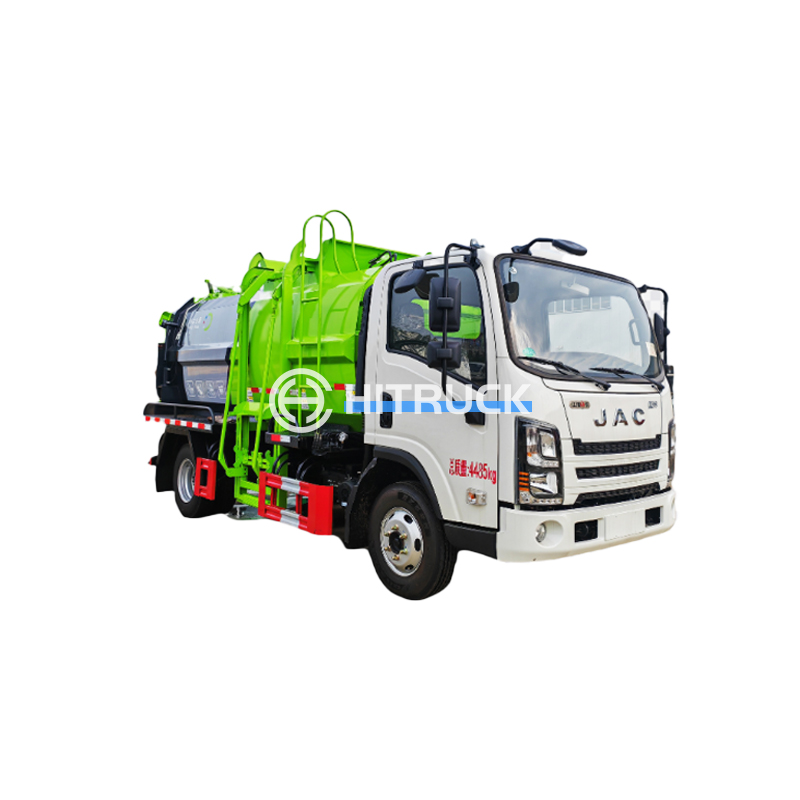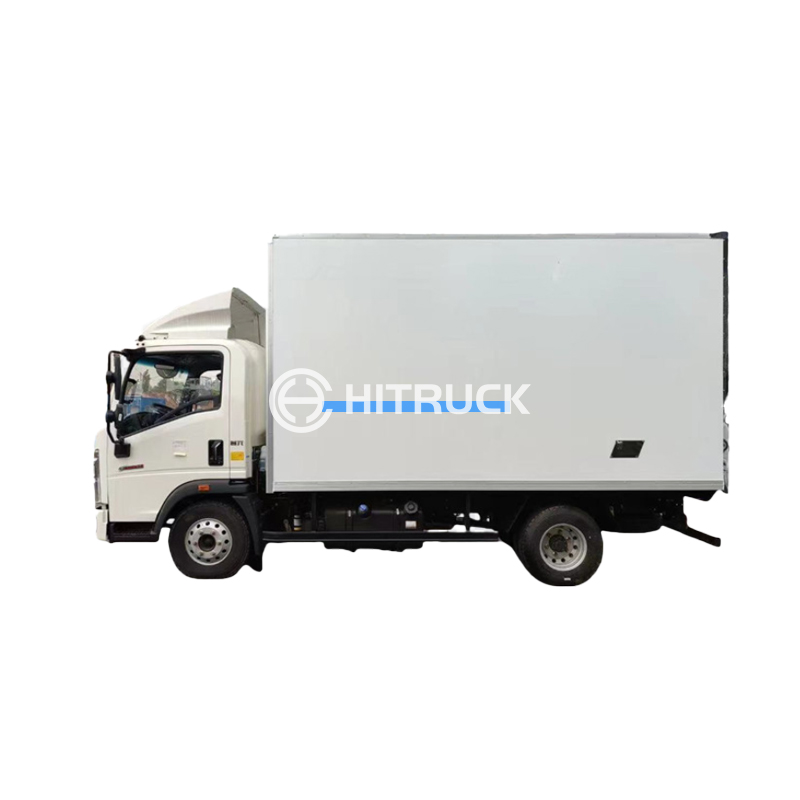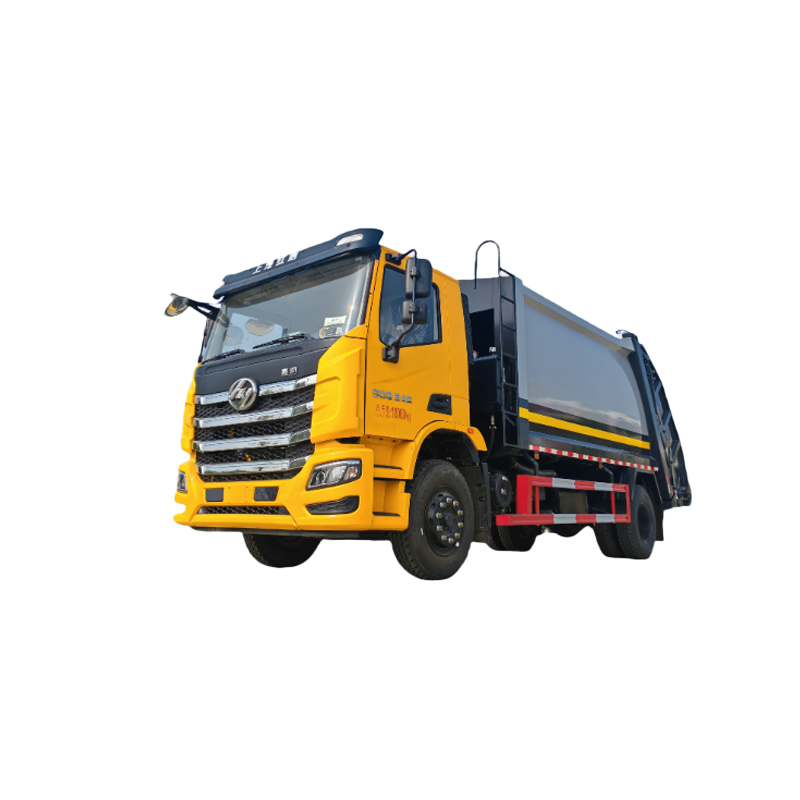This comprehensive guide explores the world of concrete line pump trucks, helping you understand their features, applications, and how to select the perfect model for your project. We'll cover various aspects, from pump capacity and reach to maintenance and safety considerations, ensuring you make an informed decision. Learn about different types of concrete line pump trucks and discover which one best suits your specific needs. Find the right equipment for your next construction project!
Boom pumps are the most common type of concrete line pump truck. They utilize a long, articulated boom to precisely place concrete where it's needed, even in hard-to-reach areas. Boom length varies significantly, influencing the pump's reach and the size of the projects it can handle. Factors like concrete placement height and distance from the pump location heavily influence the choice of boom length. Consider the typical jobsite conditions and dimensions when assessing your boom pump needs.
Line pumps, in contrast to boom pumps, rely on a long pipeline or hose to transport concrete. These are often favored for projects requiring a longer horizontal reach than boom pumps provide. While they lack the precise placement capability of boom pumps, their simplicity and affordability make them ideal for certain projects. Choosing between a boom and line pump often hinges on the specific layout of the jobsite and the complexity of concrete placement requirements.
These portable concrete line pump trucks are mounted on trailers, offering excellent maneuverability and versatility. Their compact size allows access to confined construction sites, which may be inaccessible to larger, self-propelled units. These are a cost-effective option for projects where mobility is a priority. However, consider the towing capacity of your vehicle when selecting a trailer-mounted pump.
Selecting the right concrete line pump truck involves careful consideration of several crucial factors.
The pump's capacity (measured in cubic yards per hour) directly impacts productivity. Larger projects require higher-capacity pumps to maintain efficiency. Underestimating capacity can lead to costly delays.
The pump's reach – both vertical and horizontal – determines its suitability for various job sites. Accurate placement is essential; consider the complexity of the placement needed and the distance from the pump to the pour point.
Regular maintenance is vital for the longevity and reliability of any concrete line pump truck. Choose a model with readily available parts and a strong service network.
Safety should always be the top priority. Look for pumps with features like emergency shut-off systems, clear signage, and robust construction to minimize risks.
The market offers a wide range of concrete line pump trucks from various manufacturers. Direct comparison is essential. Here's a simplified example (specific models and data will vary based on manufacturer and year):
| Feature | Model A | Model B |
|---|---|---|
| Pump Capacity (yd3/hr) | 100 | 150 |
| Maximum Vertical Reach (ft) | 100 | 120 |
| Maximum Horizontal Reach (ft) | 150 | 180 |
| Engine Type | Diesel | Diesel |
Note: This is a simplified comparison. Always refer to the manufacturer's specifications for complete and accurate information.
For reliable and high-quality concrete line pump trucks, explore options from reputable dealers and manufacturers. One such resource you might consider is Suizhou Haicang Automobile sales Co., LTD at https://www.hitruckmall.com/. They offer a wide selection of construction equipment, including various concrete line pump trucks to suit diverse project needs.
Remember to always prioritize safety and conduct thorough research before making a purchase. The choice of a suitable concrete line pump truck is crucial for the success and efficiency of your concrete pouring projects.

